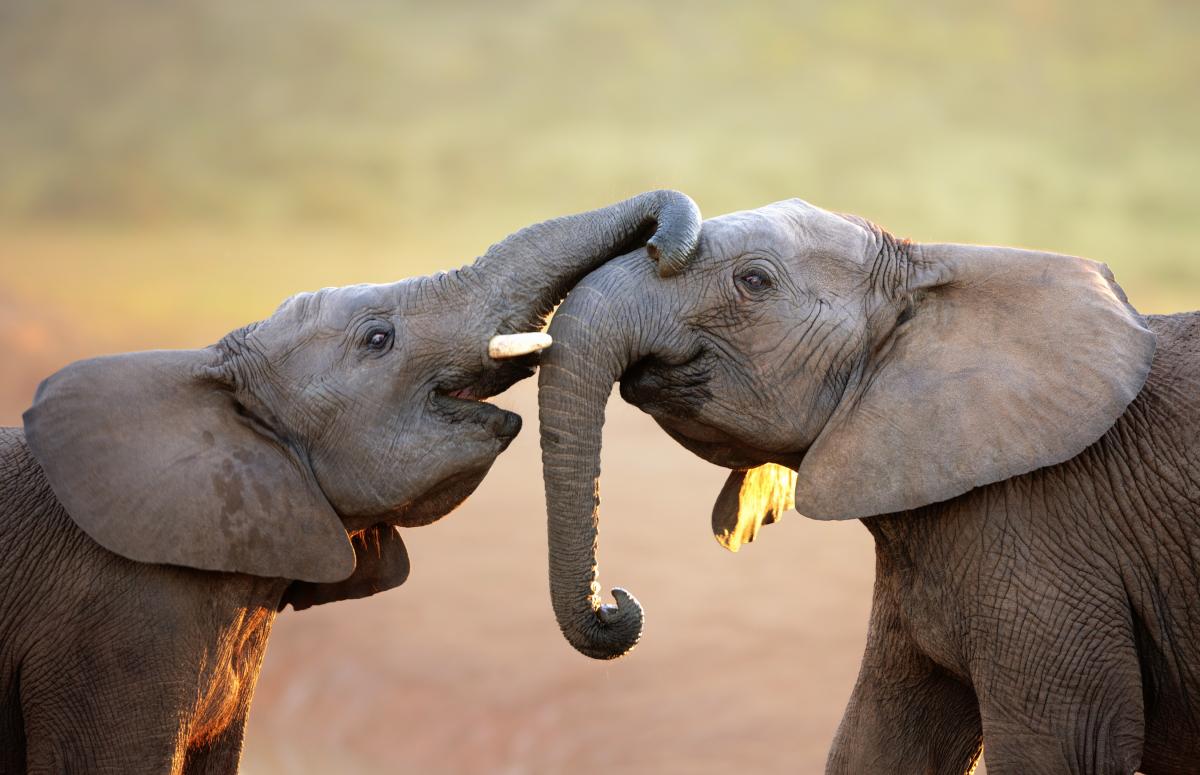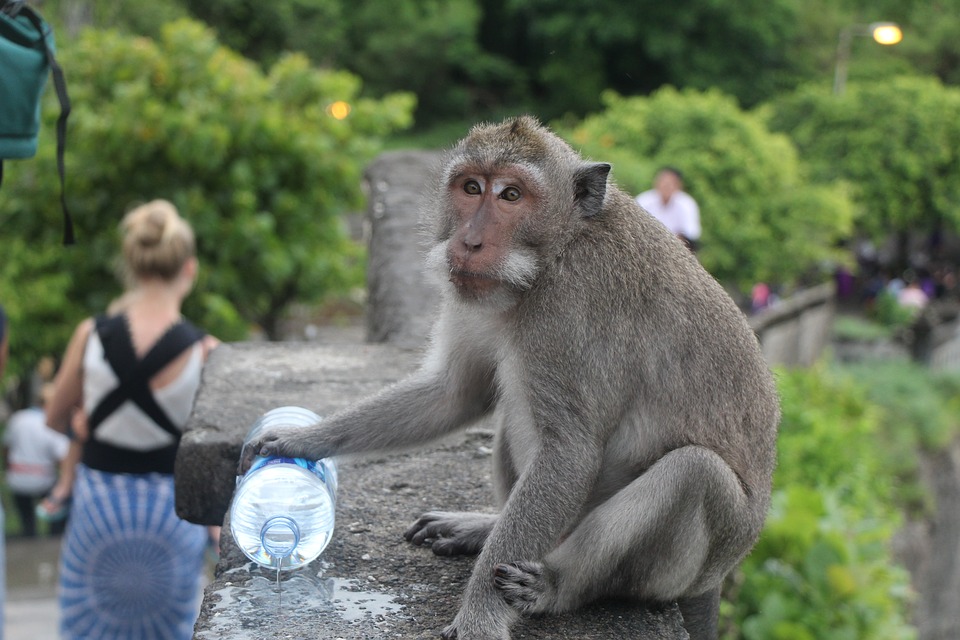Hannah Lane had recently graduated from university when she saw an internship advertised with Lilongwe Wildlife Trust. The position involved splitting her time between volunteering at their wildlife sanctuary in Malawi and working with the communications team in the main office. As an animal lover, the chance to help Malawi's wildlife was too good an opportunity to miss and Hannah was on the plane only a few weeks later. Hannah explains what her experience taught her about the dark side of tourism and how it impacts wildlife.
Over the last few years, ‘selfie culture’ has exploded into a worldwide phenomenon. Whilst a selfie with your grandma or group selfies before a night out are all really cute, it is the rising trend of wildlife selfies that is particularly disturbing.
Since 2014, the number of selfies with animals posted to Instagram has increased by 292%. Backpackers, holidaymakers, honeymooners, gap year students – jetting off around the world, often travelling to a specific location just to get a selfie with a particular animal. They fill their social media feeds with evidence of their adventures, inspiring jealousy in friends and family and getting the ego boost of a few more likes…
But is it worth it?

The sad reality is that a lot of the time, tourism has a negative impact on animal welfare. With a recent study by World Animal Protection revealing that as many as 75% of wildlife tourist attractions are negatively impacting wild animals. Popular wildlife activities such as swimming with dolphins or elephant trekking are specifically aimed at tourists wanting animal selfies. However, all too often the tourist’s desire for a great profile picture is put before the animal’s welfare.
Behind the scenes, animals are subject to an array of abuse and exploitation. Many animals used in the tourism industry are poached illegally from the wild, often snatched as babies from their mothers. Once in captivity, these animals can endure horrific living conditions that are insufficient for their needs. There are then countless examples of abuse: sloths chained to trees and dehydrated, ‘dancing’ bears defanged and declawed, dolphins kept in tiny tanks… not to mention the drugging of tigers at temples in Thailand or the torture that elephants go through in their ‘training.’ When placed with tourists, these animals are then often subject to long hours of manhandling and forced to carry out unnatural behaviours. As a result, their physical and psychological well-being is severely affected and many animals die as little as six months after being taken from their natural habitat. A vicious cycle of poaching is then created in order to ensure a constant supply of wild animals.
This is not to say that tourists do not genuinely love the animals they are taking selfies with, many do, but the main issue here is a lack of awareness. According to World Animal Protection, as many as 80% of people left positive TripAdvisor reviews for attractions that have a negative impact on animal welfare. Therefore, the key is for travellers to do their research beforehand. It is important to avoid attractions where wild animals are being restrained for display, used as photographic props or being made to perform human-like behaviours. Selfies with animals should only be taken when that animal isn’t captive but in its natural habitat, where it is free to move and you are at a safe distance.

We, as tourists, need to understand that our desires for unique travel experiences and more followers on Instagram are not more important than animal welfare. These practices will only continue as long as there is a demand and a profit to be had. It is only when we begin putting the needs of animals before our own and slowing down that demand, that real change will be made within the wildlife tourism industry.
What you can do:
- Don’t take wildlife selfies with captive animals or support those posting such selfies on social media.
- If you see any tourist operations promoting opportunities, make a point of not supporting them and tell them why.
- Make your stance known to friends and family and the reasons why.
By Hannah Lane.
Would you like to write for our blog? Read our guidelines then send your pitch to web[at]vegansociety[dot]com.
The views expressed by our bloggers are not necessarily the views of The Vegan Society.

